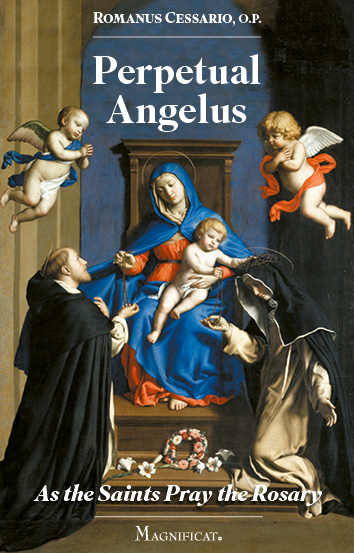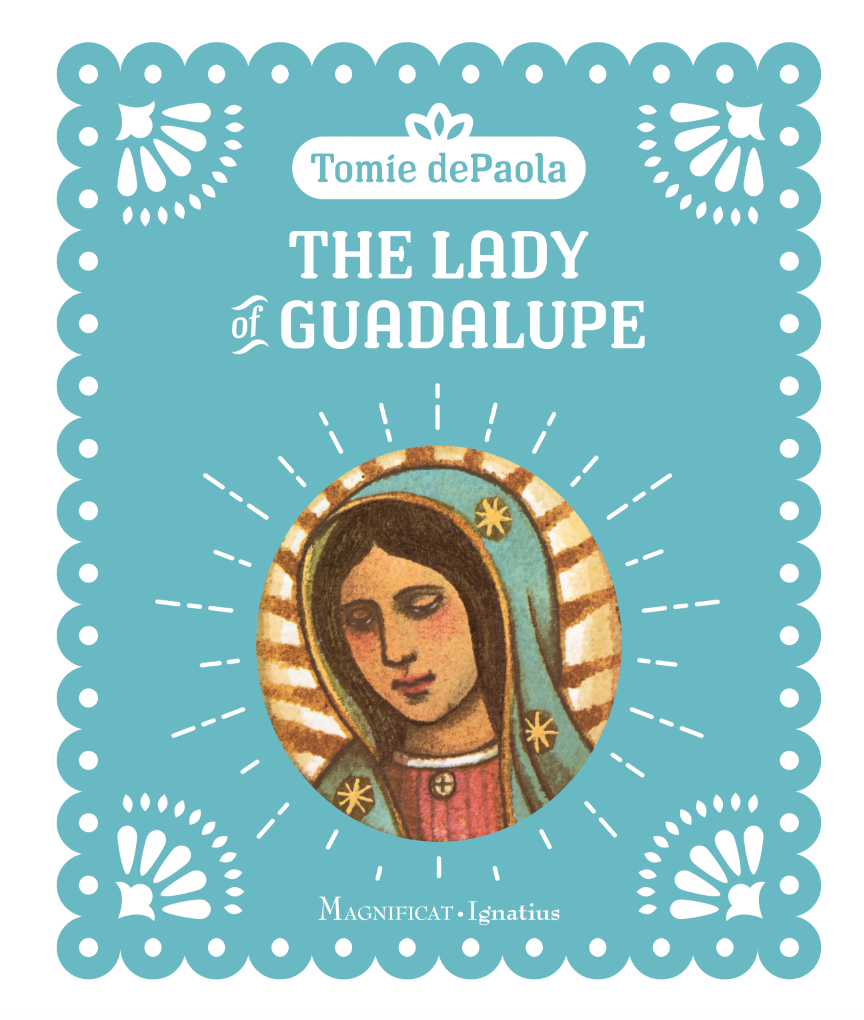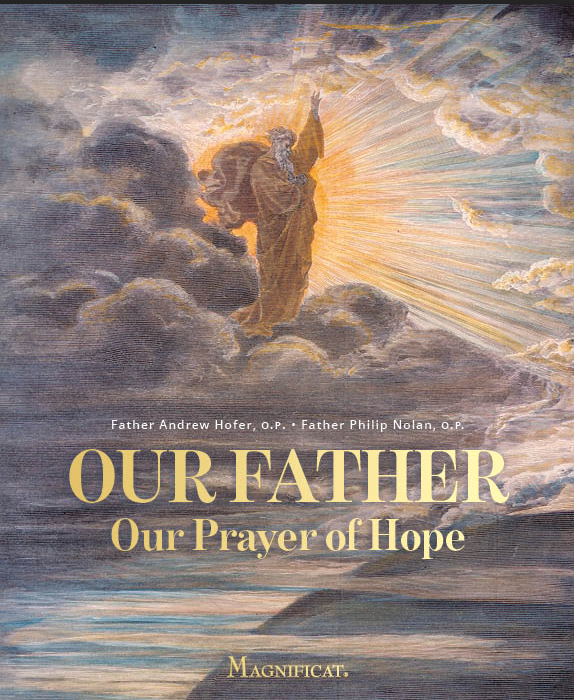The settlement of Canada by the French started in 1604, and the next year French missionaries began to preach the Gospel to the Indians there. Franciscans preached to the Hurons and began a school for them. Capuchins and Jesuits also established missions for the Indians, and the Jesuits founded a college in Quebec in 1635, the first in North America. Among the missionaries to the Hurons were six Jesuit priests from France, who were accompanied by two lay donnés or volunteers. Between 1642 and 1649 these eight men suffered martyrdom, and they are thus the protomartyrs of North America, the first to shed their blood for Christ on that continent.
The grace of martyrdom
Three of the eight died at Ossernenon, near Auriesville, New York. The donné Rene Goupil was captured and tortured by the Iroquois and killed by a tomahawk stroke on September 29, 1642. The priest Isaac Jogues was also captured in 1642 and tortured; several fingers of his left hand were cut off. He was ransomed by Dutch Protestants at Fort Orange (now Albany) and, after a stay in what is now New York City, returned to France. Pope Urban VIII granted him permission to celebrate Mass despite his mutilated hand, saying, “It would be shameful for a martyr of Christ not to drink the blood of Christ.” Jogues desired the grace of martyrdom and, despite the tortures he had suffered, returned to Canada and to the missions. He was captured by the Mohawks and martyred at Ossernenon on October 18, 1646; the donné Jean de la Lande was killed there the next day.
Five Jesuit priests were martyred between 1648 and 1649 in what is now Canada, most of them by Iroquois: Antoine Daniel, Jean de Brébeuf, Gabriel Lalemant, Charles Garnier, and Noël Chabanel. The martyrdoms of Brébeuf and Lalemant were among the most brutal ever recorded: parts of their arms and legs were cut off, roasted, and eaten before their own eyes.
Testimony about the heroic deaths of these eight men was collected soon after they died, but political changes and social upheavals in Europe caused these accounts, called the Relations, to beforgotten. But the Relations were rediscovered two centuries later and published in 1858. Devotion to the martyrs flourished, and Pope Pius XI beatified them in 1925 and canonized them in 1930. Shrines at Auriesville, New York, and Midland, Ontario, honor them.
The capacity to love
Martyrdom “is the supreme witness given to the truth of the faith” (CCC 2473). The martyr gives up his life rather than deny the Catholic faith. But there is also a positive side to martyrdom: the martyr unites himself to Christ, who died and rose, in the fullest way possible. Every Christian, in baptism, enters into the death of Christ and is raised up with him into newness of life (Rom 6:3-4). The martyr experiences the reality of which the sacrament of baptism is a sign.
In a homily delivered on October 25, 1970 at the canonization of forty English martyrs, Pope Paul VI meditated on the mystery that is man: the grandeur of the human spirit, man’s nobility and his weakness, his triumphs and his wretchedness. But the most intimate element of man’s being, the pope continued, is the capacity to love, and to love “unto the end.” This element is man’s capacity to give himself with a love that is stronger than death and that extends into eternity. “The martyrdom of Christians is the most sublime expression and sign of this love, not only because the martyr remains faithful to his love to the extent of shedding his blood, but also because this sacrifice is performed out of the loftiest and noblest love than can exist, namely for him who created and redeemed us, who loves us as only he can love.”
Fulfillment of baptism
Martyrdom is the perfect fulfillment of baptism, and both baptism and martyrdom reach their fullest expression in the Eucharist. Martyrs like St. Ignatius of Antioch, who died early in the second century, saw the connection between the Eucharist and martyrdom. While being transported back to Rome for execution, Ignatius wrote ahead to the Christians there and asked them to let his sentence be carried out; he wanted to be ground up in the teeth of the lions like wheat, to become a loaf of the purest bread (Letter to the Romans, 4). The martyr unites himself with the Eucharistic sacrifice and offers himself, along with Christ’s self-offering, to the Father. Conversely, our participation in the Eucharist should be the kind of self-offering that is perfected in martyrdom.
©Magnificat October 1999









